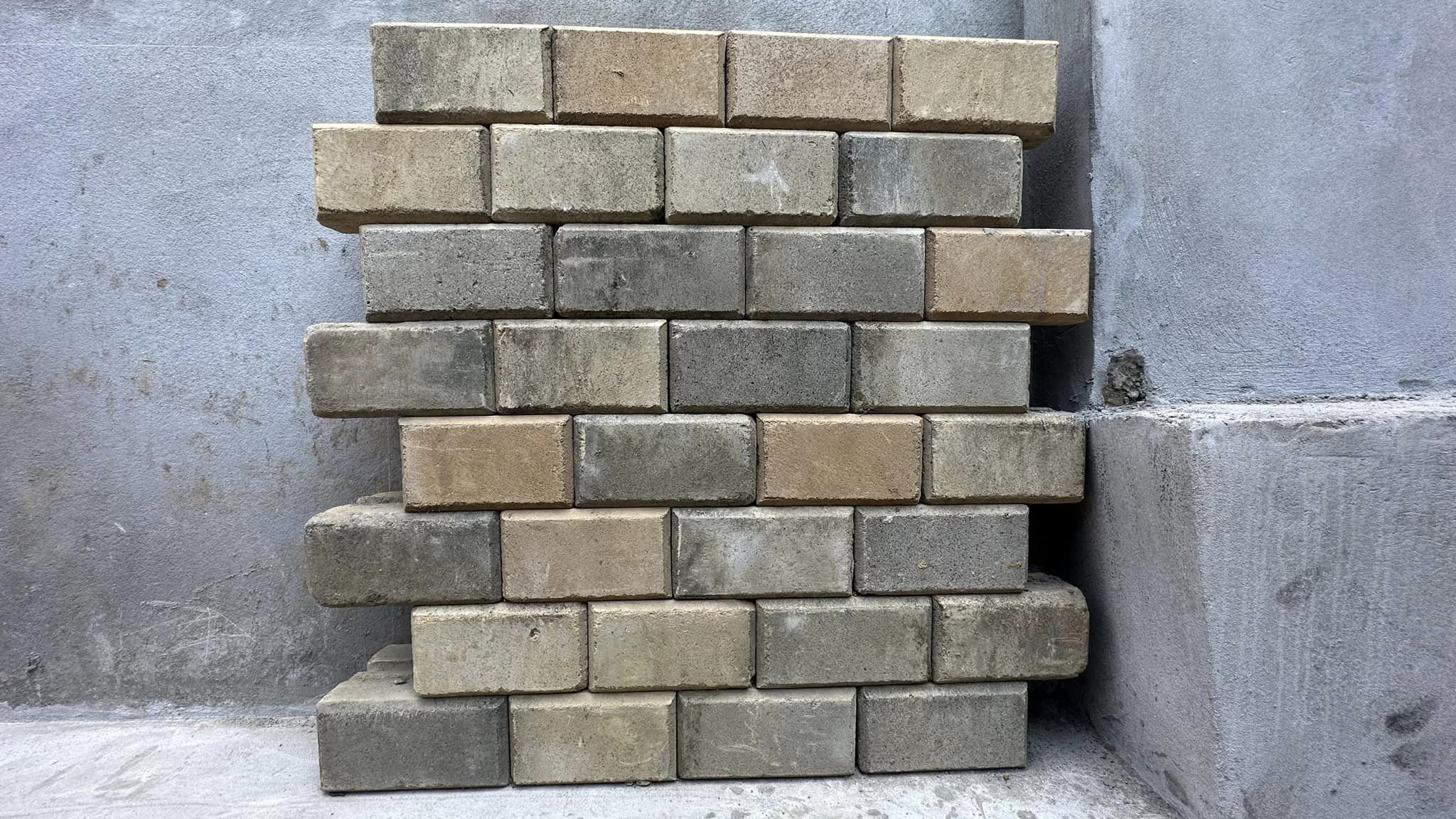
In line with sustainable development and the urgent need to provide shelter for the world’s growing population, there is a need for alternative environmental benign technologies in construction that lessen demands on renewable resources. One such technology is the dry stack interlocking compressed stabilized earth block (CSEB) which is used alternative to traditional brick and mortar construction.
In conventional concrete masonry little to no clay is allowed in brick/block manufacture, making Aeolian, river, or crushed rock sands the preferred sands for manufacturing conventional masonry units. Whereas in CSEB production as much as 25% clay is allowed, allowing a wider range of locally available soil to be used in the manufacture of CSEB. In addition to the above, the dry stack method used in CSEB improves on some setbacks in conventional masonry construction such as low construction speed, extra costs of mortar, and difficulty in controlling workmanship in joints. Other advantages of using the CSEB over conventional concrete include
- Maximum utilization of locally available material
- Onsite block production reducing transportation costs
- Simple construction methods requiring minimally skilled labor reducing construction time and costs
- Earth material offering thermal and acoustic insulation
- As little as 5% of cement content is used in CSEB in comparison to conventional concrete where as much as 15% of cement content can be used
It has further been estimated that the use of soil-cement as an alternative to conventional concrete masonry could save up to 40% in construction costs.




